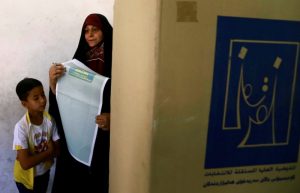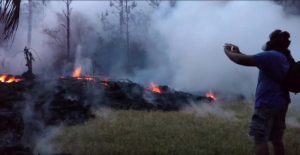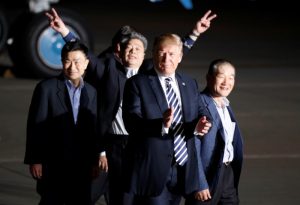
By Terray Sylvester
PAHOA, Hawaii (Reuters) – Residents on the Big Island of Hawaii were alerted on Thursday to rising levels of toxic gas from lava-oozing fissures, and geologists warned that new areas east of the erupting Kilauea volcano may be at risk of molten rock bursting from the ground.
Hawaii County authorities sent a text message to residents of the southeast corner of the island warning them of a wind change that would bring rising levels of sulfur dioxide gas, which can be fatal if inhaled in large quantities.
“It’s just horrible. You can’t breathe in there,” said evacuated resident Robynn Stagg, 58, who drove through the thick, orange sulfur dioxide haze earlier this week in a failed attempt to check on her home.
Hawaii’s governor has warned that mass evacuations may be required as more fissures open in the ground and spew lava and gas into semi-rural residential areas on the east flank of Kilauea, one of the world’s most active volcanoes.
During an evening meeting with community members, an official with the United States Geological Survey’s Hawaii Volcano Observatory said that while no new fissures have opened during the last 24 hours, there has been “quite a bit” of ground cracking over the last day and that they were releasing steam.
“Because the lava intrusion is still active and earthquakes are still occurring, we still think there’s a decent chance of new eruptive activity at the surface,” Steven Brantley said.
Authorities on Thursday completed the removal of highly flammable chemicals from a nearby geothermal power plant that was in the path of creeping lava.
The latest upheaval at Kilauea began last week after the crater floor of a long-active side vent collapsed suddenly in a cloud of ash, triggering a similar plunge in the molten lake inside the larger crater at the volcano’s summit.
What followed was a flurry of earthquakes as huge volumes of magma — the term for lava beneath the surface — drained back through deep-underground passages that carried the molten rock far downslope. The lava then forced its way back to the surface through large cracks, or fissures, that opened at ground level in a residential area miles (km) a
‘BALLISTIC BLOCKS’
Geologists said Kilauea may be entering a new phase of explosive eruptions not seen in nearly a century that could hurl “ballistic blocks” weighing up to 12 tons for half a mile (800 meters), and rain pebble-sized fragments for another mile or two (1.8 to 3.2 km).
However, the immediate vicinity around the summit, an area controlled by the National Park Service, was to be closed to visitors indefinitely, starting on Thursday night.
Such blasts would likely also eject plumes of volcanic ash that could be carried farther downwind into neighboring communities, creating a nuisance and potential respiratory irritant, but not a life-threatening hazard, officials said.
The Leilani Estates community remains in greatest danger, with 15 volcanic fissures so far having destroyed 36 structures, most of them homes, and forcing the evacuation of about 2,000 residents.
But as the eruption progresses, “other areas of the lower East Rift Zone may also be at risk,” the Hawaiian Volcano Observatory said in a bulletin.
“There is the potential for additional outbreaks,” Christina Neal, the chief scientist at the U.S. Geological Survey’s Hawaiian Volcano Observatory at Kilauea told a news briefing. “There are other communities, other residential neighborhoods that could, depending on the evolution of activity, be in harm’s way.”
Hawaii Governor David Ige has requested federal disaster assistance as he said a mass evacuation of the lower Puna District, where Leilani Estates is located, would be beyond current county and state capabilities.
Hawaii police said they arrested Alexandru Stingu-Dragomir, 29, on suspicion he burgled four houses in Leilani Estates after the mayor declared an emergency the area on last week.
SURFING IN THE VOG
Local meteorologists said the change in prevailing winds could send Kilauea’s volcanic smog, or vog, northwest to Maui and other islands in Hawaii.
Surfers bobbing in the ocean off Kona on the west side of the Big Island complained of the smog that could be seen in a haze over the coast.
“Does that hat protect against vog?” one surfer was heard quipping to another about the floppy sun hat he was wearing.
In Pahoa, the nearest village to Kilauea, some schools remained closed after the area was hit by a 6.9 magnitude earthquake on Friday, the biggest since 1975.
The closures have added to a sense of disarray and ramped up stress levels, said gallery owner Amedeo Markoff, 49.
“It’s like our version of a snow day — a lava day,” joked Markoff.
(Reporting by Terray Sylvester and Jolyn Rosa; Writing and additional reporting by Andrew Hay in New Mexico; Editing by Bill Tarrant and Sandra Maler)











